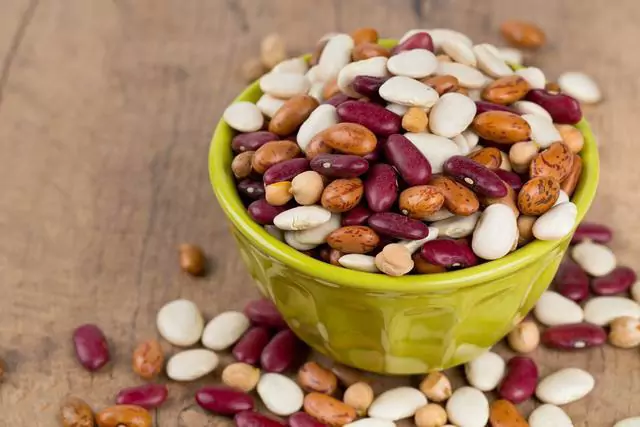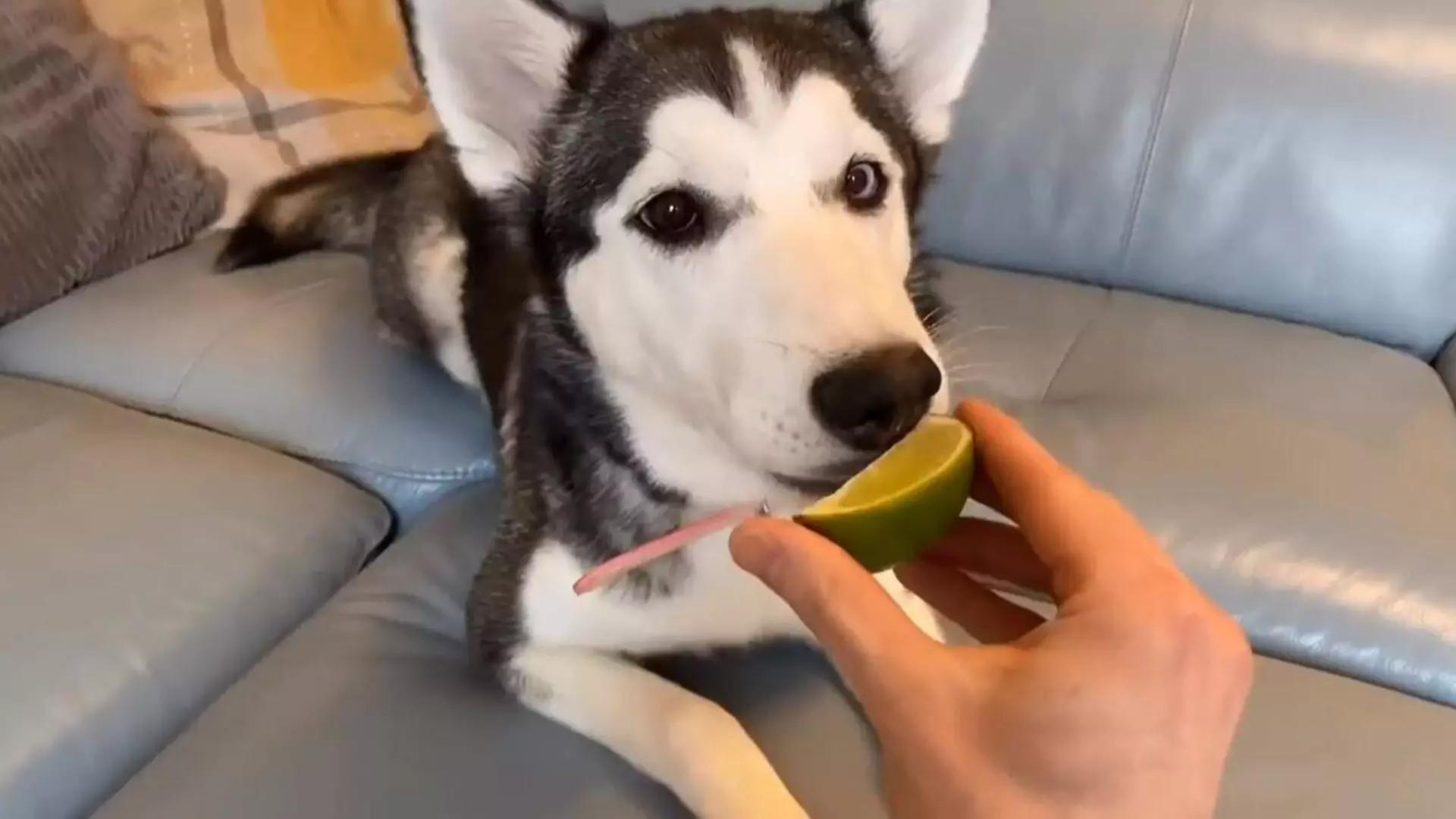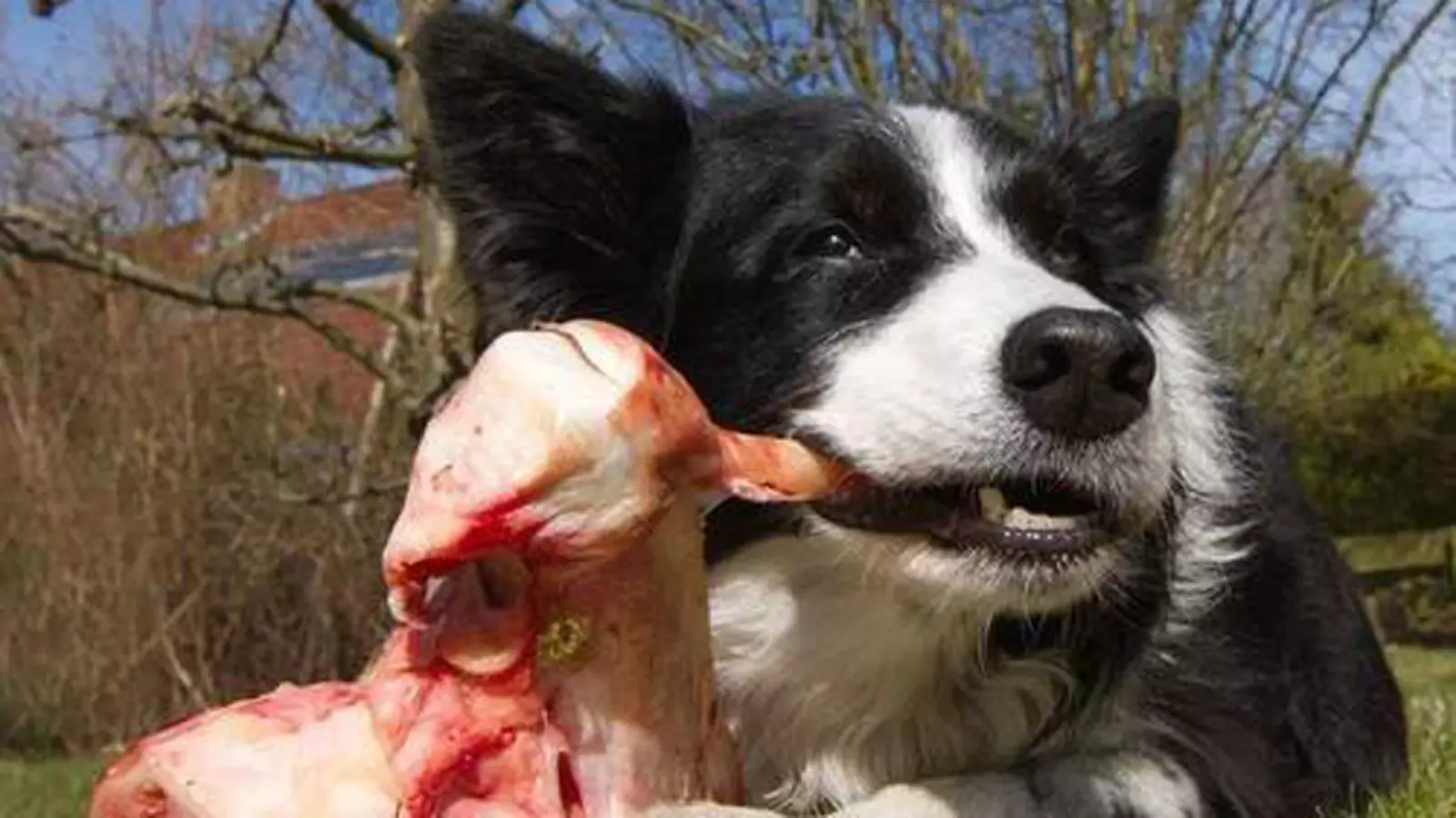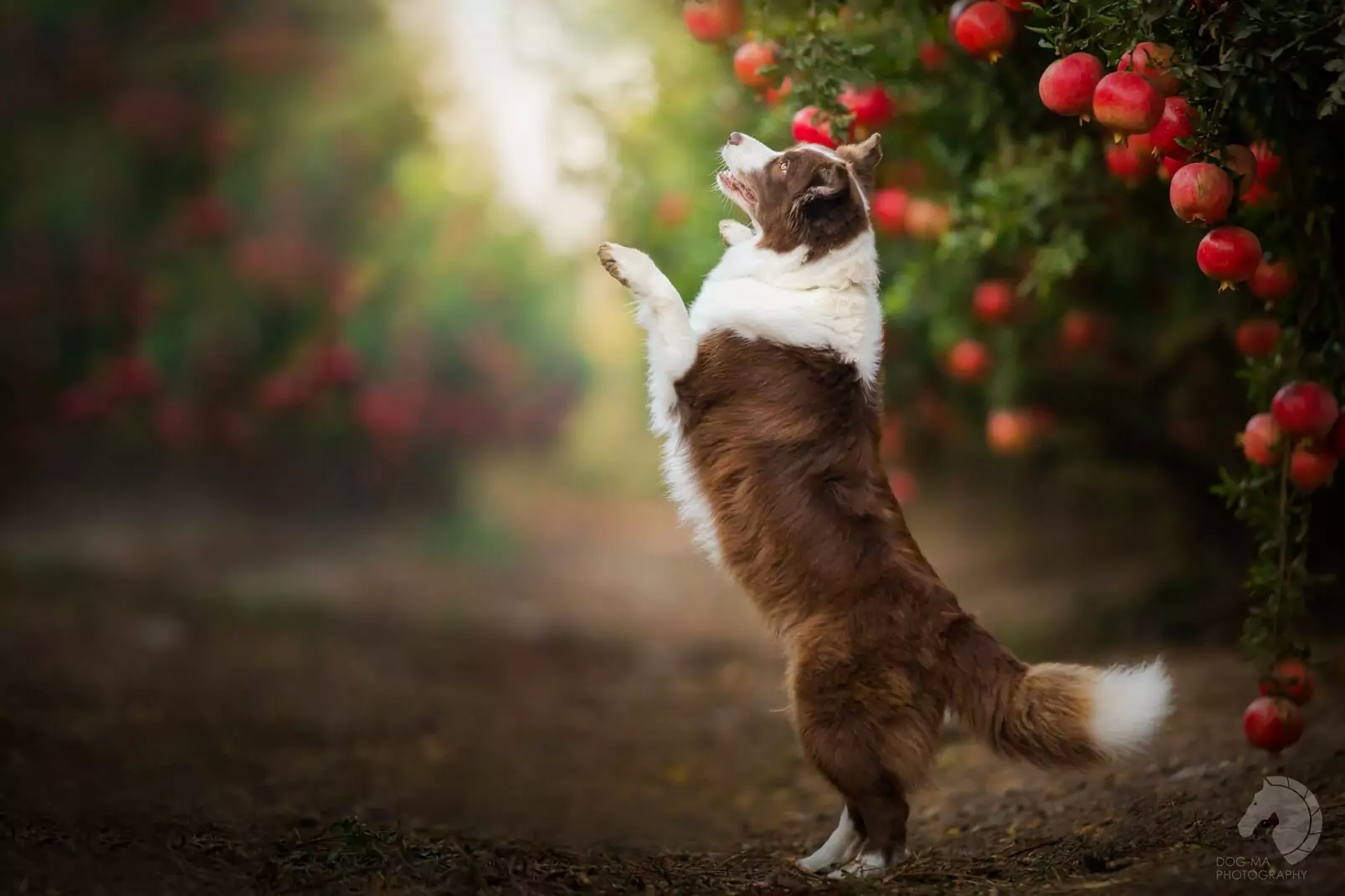Can dogs eat cucumber? What are the benefits and drawbacks of cucumbers for dogs?
2022-06-17
Many dogs have sensitive stomachs, mainly because they are curious and want to try new things.
Almost everyone knows that chocolate can be deadly for dogs. The standard is that dogs are at risk of chocolate poisoning if they eat one ounce of chocolate for every pound they weigh.
While most dog owners know it's not wise to give their dogs just a little chocolate, many pet owners are curious about whether their furry friends can eat other human foods like cherries or cucumbers.
I. Can dogs eat cucumbers?
Have you ever wondered why dogs can't eat cucumbers? The truth is, they can!
Cucumber slices are an excellent treat for your dog because they are 95% water. They can help keep your beloved pup hydrated, especially on a hot summer day!
They're low in sodium, low in fat and are the perfect training or field trip treat! They also promote vitamin C. Cucumbers also contain magnesium, potassium and vitamin K!
A cup of freshly chopped cucumbers contains only about one gram of sugar. Being low in sugar and calories, cucumbers are ideal for pets with diabetes or low calorie diets.
II. When should dogs not eat cucumbers?
Pickled cucumbers are full of salt and sometimes contain other ingredients that are not good for dogs, such as onions or garlic.
If you want to add cucumbers to your puppy's diet, do not pickle anything.
Don't let your dog eat too much cucumber either. Overeating can lead to an upset stomach. Also, the seeds and skin of the cucumber may upset your dog's tummy, so just choose slices of cucumber without the skin or seeds.
Removing the seeds and skin is not necessary, but it is a good idea to try it first, especially if your dog is already food-sensitive or a fussy puppy.
Remember, cucumbers are a choking hazard. Never give your dog a whole cucumber or too much at once, as they may eat it too quickly and end up choking.
Cut or dice the cucumber into small pieces and start with a small amount.
Three: How much cucumber can a dog eat?
If you are wondering how often your dog can eat cucumbers, your veterinarian recommends that you follow the 10 percent rule. Cucumbers are considered a treat, not a replacement food.
The 10% rule recommends that snacks should never make up more than 10% of a dog's daily diet. If you have different sized dogs, the amount of cucumbers you give each dog will vary.
Even if cucumbers are considered harmless to the dog, introduce any new food slowly and watch for adverse reactions.
Consider the way you serve them as well. While smaller puppies may benefit from half-moon slices, larger dogs may be able to handle larger spears. If unsure, treat the air with caution to reduce the risk of choking from the cucumber.
IV. Benefits of cucumbers for dogs
The nutrients in cucumbers are beneficial to human health, and dogs can benefit from eating them in small amounts. Cucumbers contain vitamin K and calcium, which have been found to improve joint health and promote bone growth in dogs. And eating pumpkin cucumbers helps stimulate insulin release and lower blood sugar spikes. In addition the fiber and potassium inside cucumbers have been linked to heart health in dogs. It also has anti-inflammatory properties and is often used in skin treatment care.
In addition to providing regular nutrition, cucumber can improve your dog's bad breath problem. Rich in phytochemicals and phytonutrients, cucumbers can help freshen a dog's breath and destroy odor-producing bacteria in the mouth. But it can only be considered a small snack to relieve your dog's bad breath problem, it is still not a substitute for toothpaste. Whether your dog eats cucumbers or not, owners still need to remember to brush their dog's teeth regularly.
V. Precautions for feeding cucumbers to dogs
1. Feed a small bite first
Every dog's immune system may be different, and we can't be sure if our own dog will be allergic to cucumbers. So when feeding your dog cucumber for the first time, it's best to cut a small piece for your dog to try and check if your dog shows signs of allergy. If everything is fine, you can increase the amount for your dog next time. 2.
2. best to cut into small pieces and peel
Although, like most fruits and vegetables, the skin of cucumber contains most of the vitamins and nutrients, the skin of cucumber is harder for dogs to digest. And there may be residual pesticides and insecticides on the cucumber skin, which are also very dangerous for dogs. So when you feed your dog cucumbers, it's best to peel them first and then cut them into small pieces for your dog to eat. If you don't want to peel, you can also cut the cucumber into thin slices as much as possible to prevent your dog from choking.
3. do not feed your dog pickled cucumber
Although they are cucumbers, but the pickled cucumber in addition to the taste is better for the dog's body almost no benefit. The pickled cucumber has a lot of spices and salt added to it, and dogs can easily develop skin problems if they eat it.
4. portion control
Although cucumbers are nutritious, they should only ever be used as a snack for dogs. Veterinarians recommend that snacks should only make up 10% of a dog's daily diet, so owners should feed their dogs cucumbers in moderation, depending on the size and age of the dog. Especially for dogs with poor stomachs, feeding cucumbers in large quantities can also aggravate gastrointestinal discomfort.
However, as long as a little attention is paid before feeding, cucumber is still a very healthy snack. Especially now that summer is here, wouldn't you consider giving your dog some cucumber to beat the heat?
Six: What fruits can dogs eat?
In addition to cucumbers, there are countless fruits that dogs can safely eat and benefit from.
Bananas Super Food snacks are great for dogs! Bananas are rich in potassium and other nutrients.
Apples are an excellent addition to a puppy's diet because they contain fiber, vitamin A and vitamin C. However, be sure to remove the cores from them.
Apple cores are a choking hazard. Also, apple seeds contain cyanide, which may be harmful to dogs. Stick to apple slices and your pup will love the sweet stuff!
Blueberries and blackberries are also safe for dogs. Blackberries are high in antioxidants and can help promote healthy skin and a strong immune system. Blueberries are rich in antioxidants and contain high levels of fiber and vitamins.
Some other types of fruits that are safe for dogs are
Coconut
Melon
Cranberries
Kiwi fruit
Tangerine
Mango
Pineapple
Pear
Watermelon
Oranges are also good for dogs, but stay away from the more acidic citrus fruits such as lemons and limes.
Raspberries are ideal for dogs because they contain vitamin C and other beneficial nutrients. However, they contain small amounts of xylitol, which is not safe for dogs. Therefore, they can eat raspberries in moderation.
Strawberries are an incredible choice. They are high in healthy nutrients such as iron, copper, potassium, magnesium, phosphorus and vitamins C, K and E. In addition, they can fight cancer, lower cholesterol and promote healthy blood pressure.
Wild Earth Strawberry & Beet Superfood Snacks are a great way to give your pup a healthy fruit option that also contains healthy protein.
What other foods should dogs not eat?
While your puppy can safely enjoy a variety of fruits, several should be avoided.
Certain fruits, such as cherries, dates and avocados, can harm your pet. Whether due to traces of cyanide in the seeds or the choking hazard posed by the seeds and kernels themselves, be careful before sharing fruit with your pup.
Avocados are toxic to dogs, as are grapes and raisins. Peaches, plums and apricots are fine as long as they are meat. Pits are extremely dangerous to dogs.
As a rule of thumb, stay away from pits and seeds.
Figs and date pulp are moderate, but they can both cause diarrhea in dogs.
Was this article helpful to you?
Other links in this article
Italiano:
I cani possono mangiare i cetrioli? Quali sono i benefici e gli svantaggi dei cetrioli per i cani?
Português:
Os cães podem comer pepino? Quais são os benefícios e inconvenientes dos pepinos para os cães?
português (Brasil):
Os cães podem comer pepino? Quais são os benefícios e inconvenientes dos pepinos para os cães?
中文简体:
狗可以吃黄瓜吗?狗狗吃黄瓜的好处和坏处?
中文繁体:
狗可以吃黃瓜嗎?狗狗吃黃瓜的好處和壞處?
Comments

Is a dog's mouth cleaner than a human's? Dogs' mouths need regular cleaning

Can dogs eat beans? Do dogs eat beans for health?

Can dogs eat lemons? Fruits that dogs should not eat more of

Do dogs have nightmares? Are dogs' dreams similar to humans'?

Can dogs eat raw beef? The benefits and drawbacks of beef for dogs

Is raw meat good for dogs? Can dogs eat raw chicken?

Can dogs eat pomegranates?

Can dogs eat ham?Can all types of ham hocks be eaten?

How to give a dog a bath

Can dogs eat kimchi?








